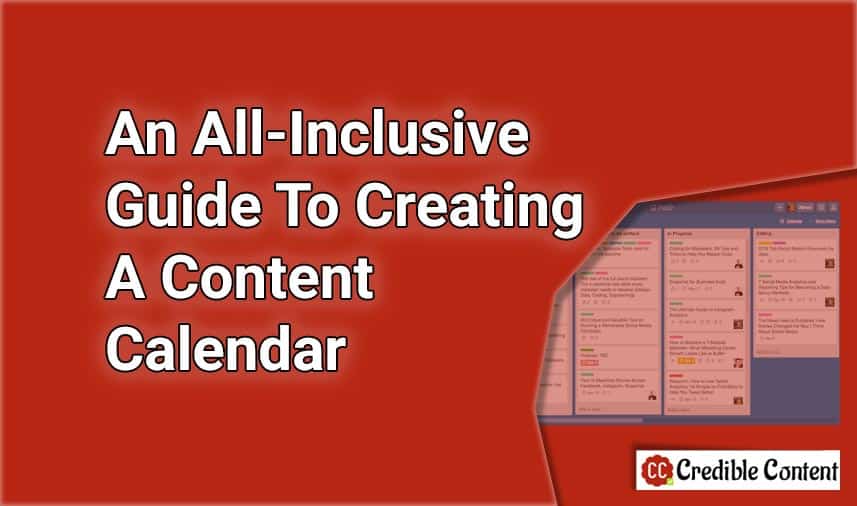Saying that developing a content marketing strategy can be hard is an understatement.
With so many angles to consider, you want to make sure the strategy you are pursuing is effective – both in terms of time and money.
Read on for 15 statistics that confirm exactly why content marketing should be at the top of your marketing arsenal.
1) 60% of marketers publish at least one piece of content every day
Unsurprisingly, prolific publishers have an easier time generating leads than those who are fickle with their content creation.
The key point here? Consistency. It doesn’t matter whether the content is an article, a podcast, a video, or an infographic – regular posting reaps rewards.
2) Compared to content marketing followers, year-on-year growth in unique site traffic is 7.8x higher for content marketing leaders
Innovative content that sets you apart from the pack will boost your website’s views, so take the time to create useful, interesting content that presents you as a leader, not a follower, for an increase in unique site traffic.
3) Content marketing generates about 3 times as many leads as traditional marketing while costing 62% less
More than double the leads and less than half the price. What’s not to like?
Switching from traditional marketing should slash your costs while generating more leads. This could be due to content marketing nurturing your leads and relationships with potential customers in a way native marketing cannot.
4) Compared to non-adopters, conversion rates are nearly 6x higher for content marketing adopters
Work smart, not hard.
Why waste time on traditional marketing when content marketing conversion rates are significantly more effective?
5) The most effective B2B marketers spend 39% of the marketing budget on content marketing
Follow in the footsteps of those who do it best and designate a portion of your budget to content marketing.
It’s a winning strategy.
6) “Original written content” is the most important type of content for 58% of marketers
This is good news for those on a tight budget.
You can still deliver an effective marketing campaign by focusing on written content, which is usually cheaper while packing a bigger punch.
7) Content marketing is used by 93% of B2B marketers
Working with a company requires trust, and the overwhelming majority of B2B marketers know that content marketing is key for this.
8) A positive ROI is seen by 82% of marketers who blog
Blogging can help grow your business, and the statistic above shows that time spent blogging pays dividends.
9) The demand for infographics has increased 800% in recent years
That’s huge.
While professional infographics can be pricey, the data is clear: they’re hugely effective.
10) 68.1% of content reading is done on mobile devices
Smart phones have transformed how people use the internet.
With over half of people browsing the internet on a mobile device, it’s essential that your content is optimized for mobile viewing – or all your hard work won’t be seen.
11) Emails from brands appeal to 57% of 45 – 54-year-olds, but only 22% of millennials
The age-old marketing adage still applies: know your audience.
Content marketing is highly effective, but you have to combine it with reaching consumers via the right channels.
12) 71% of B2B consumers review a blog when making a purchase
When it comes to business consumers, blogs are the key.
For the best results, keep your blog updated with high-quality, engaging content.
13) Almost 1/3 of consumers check out a brand’s social media presence before their website
This echoes Point 11.
To get the most out of your marketing strategy, it is imperative that you publish your content in the right places.
Having a good social media presence is essential and can make or break your efforts.
14) Instagram is the fastest-growing platform for selling via video
Speaking of social media, Instagram is your go-to for content marketing via video.
Keep an eye on TikTok too.
15) Content marketing costs 41% less than paid search
Do you need another reason to put more effort into content marketing?
This is it.
As demonstrated by the statistics above, content marketing is an essential strategy in your marketing repertoire.
Consistent, interesting content is a sure way to boost engagement, site traffic, and ultimately, sales – so bear these statistics in mind next time you tweak your marketing strategy.





